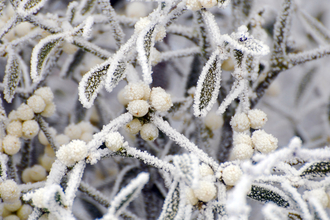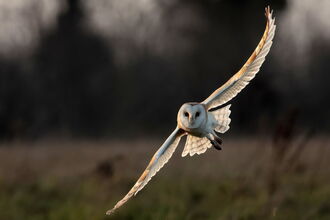Whether we’re off to work, doing the school run or taking a more leisurely wander through wherever our beautiful corner of Worcestershire happens to be, we pass miles of hedgerows on a daily basis. How often, though, do we stop and take a closer look at what’s in there?
Hedges are wonderful for wildlife, steeped in folklore and are full of plants that have been used for hundreds of years by those who lived nearby. Hawthorn and blackthorn brighten our days with spring blossom and autumn berries but what of the scramblers, the sprawlers and climbers that thicken our hedgerows? One such plant is wild clematis.




